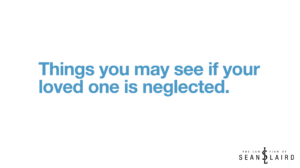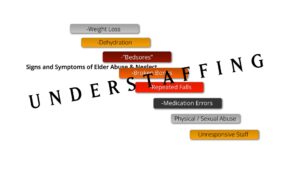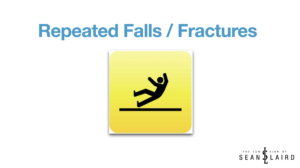Untreated Bedsores – A Sign of Elderly Neglect in Sacramento Nursing Homes
Elderly bedsores may indicate nursing home neglect, because these pressure ulcers form if a resident stays in the same position too long, whether in a bed or a wheelchair. Learning about the stages of bedsores is important for detecting and stopping elderly abuse and neglect.
Elderly bedsores are common, afflicting up to 30 percent of nursing home residents nationwide. As the stages of bedsores advance, symptoms become increasingly painful – and, if untreated, bedsores can lead to catastrophic results. Nursing home neglect is a prime factor in the development of bedsores because residents often stay too long in the same position. Learning to detect pressure sores is an important step in preventing elderly abuse and neglect.
Elderly bedsores are divided into four stages of severity. In the earliest stage of bedsores, you’ll notice a reddened area if someone has light skin or a blue or purplish area if the person has dark skin. In most cases of nursing home neglect, pressure ulcers move on to the second stage. At that point, the pressure sores begin to blister or form an abrasion.
In stage 3, elderly bedsores start to become dangerous. At this stage, you’ll see an open hole or crater. The pressure sores now begin to damage the tissue under the skin, so it’s critical to detect these symptoms of neglect in residential care facilities. Stage 3 signs of elder neglect can take months to heal, while in stages 1 and 2, healing usually takes place in weeks.
If untreated, elderly bedsores can progress to stage 4, which is the most severe. At this stage, pressure sores are so deep they cause damage to muscle and bone. The pressure ulcers may also damage tendons and joints, if no one detects this senior neglect. To help prevent bedsores, family members and visitors need to keep an eye on loved ones and learn how to recognize the stages.
Ways to Detect Elderly Bedsores
Elderly bed sores often form on the lower part of the body such as the tailbone, buttocks, hips, ankles and heels. To determine the stages of bedsores, you need to examine all those areas, even the more private ones. Pressure sores are common on the shoulders and the back of the head and ears as well, and it’s easy to detect these symptoms of neglect in residential care facilities. Also look for pressure ulcers between the knees where the skin often rubs.
Elderly bed sores easily get infected, so you need to know the signs of infection when detecting senior neglect. For example, look for pressure sores that drain pus or emit a bad odor. Infection from pressure ulcers can spread to other parts of the body, too. If you recognize elder neglect leading to infection, get medical attention right away and also report the symptoms of neglect.
Elderly bed sores usually result from constant pressure that leads to poor blood circulation. To determine whether nursing home neglect is responsible for pressure ulcers, take time to observe residents who are wheelchair bound. To avoid pressure sores, people should receive help repositioning their body about every hour, according to the Mayo Clinic. Other symptoms of neglect in residential care facilities include keeping residents in bed too long.
Elderly bed sores are also more prevalent when skin is moist. In cases of nursing home neglect, incontinent residents may be especially prone to pressure ulcers. Obvious symptoms of neglect in residential care facilities include the failure to change wet bedding and underclothes. Detecting this type of elderly abuse and neglect can lead to significant changes in the quality of life for frail, vulnerable seniors.





Comments are closed.